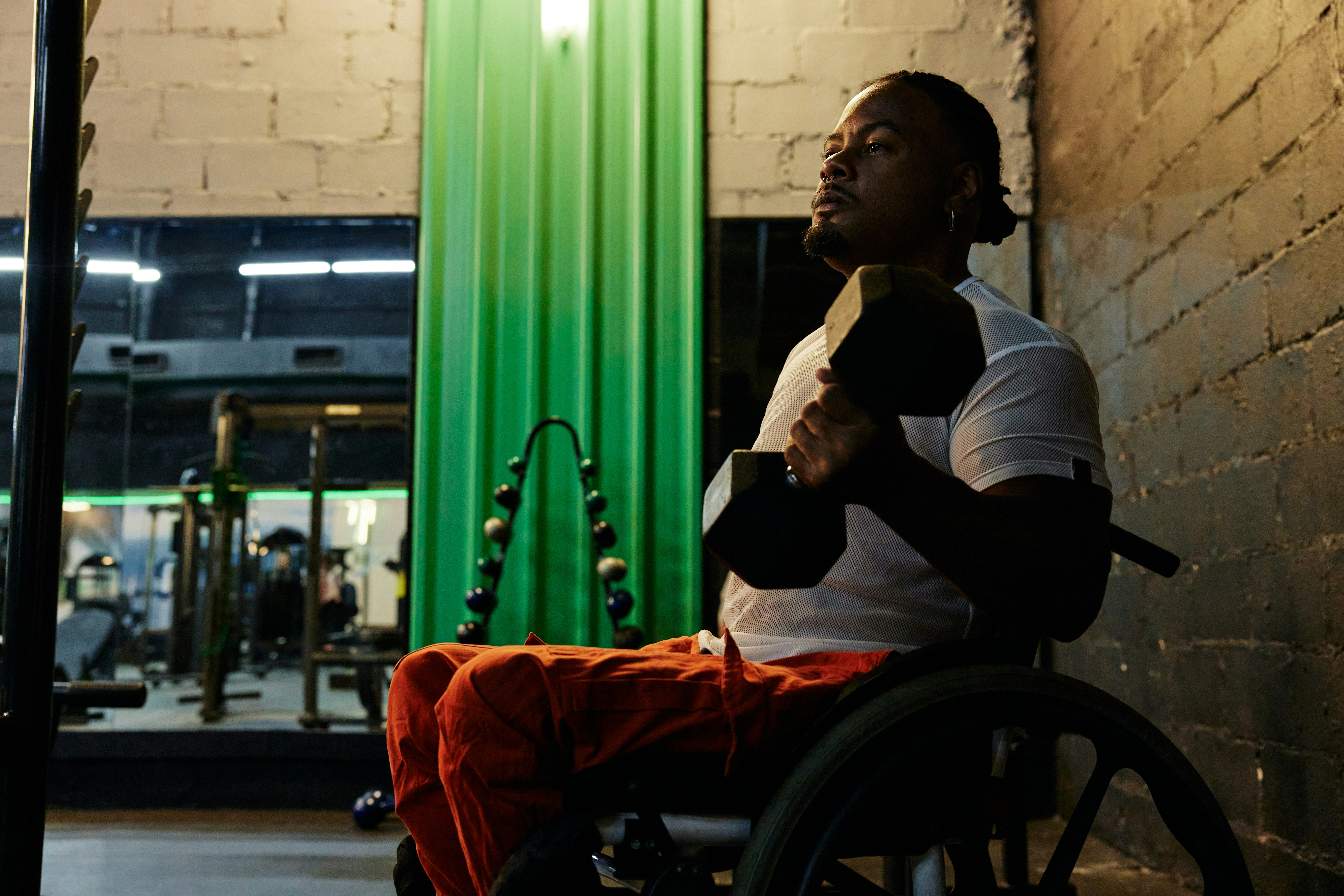
Disability justice seeks to create a more equitable and inclusive society where people with disabilities have equal access to rights, resources, and opportunities. This movement goes beyond traditional disability rights by addressing intersecting issues of race, class, gender, and sexuality, aiming to dismantle barriers that affect disabled individuals and promote a more inclusive society. Advancing disability justice in modern society requires a commitment to accessible environments, equal opportunities, and respect for the diverse identities within the disabled community.
Understanding Disability Justice
Disability justice is a framework that extends beyond the focus on legal rights to encompass a broader view of social equity. Coined by a group of activists of color in the early 2000s, disability justice emphasizes that ableism is not an isolated issue but intersects with other systems of oppression, such as racism, sexism, and economic inequality. The goal is to create a society that supports disabled people not only by removing physical and legal barriers but also by addressing the social and economic structures that marginalize them.
The disability justice movement values interdependence, recognizing that support systems and community are essential for all people, including those with disabilities. This approach challenges the idea of independence as the norm and instead advocates for collective care and a society where disabled people are valued and supported.
Creating Accessible Environments
One of the foundational elements of disability justice is creating accessible environments that accommodate all people, regardless of physical or cognitive abilities. Accessibility means ensuring that public spaces, workplaces, schools, and digital platforms are designed to meet everyone’s needs. This includes features like ramps, elevators, accessible restrooms, braille signage in physical spaces, closed captions, screen readers, and keyboard navigation on digital platforms.
However, true accessibility goes beyond meeting basic physical needs. It also includes sensory-friendly spaces, clear communication options, and flexibility in social expectations. Many people with disabilities face sensory or cognitive barriers that are not always visible, and inclusive design can help to reduce these obstacles. By committing to universal design principles, society can create spaces that accommodate various needs, making daily activities and interactions accessible.
Education and Employment Equity
Educational and employment equity are critical areas where disability justice efforts can create significant improvements. In schools, students with disabilities often face inadequate support, inaccessible materials, and teaching methods that don’t align with diverse learning styles. Promoting disability justice in education requires an accessible curriculum, trained support staff, and inclusive teaching practices that adapt to students’ needs, such as alternative communication methods or sensory accommodations.
Similarly, in the workplace, disabled individuals encounter various forms of discrimination, including a lack of accommodations and barriers to career advancement. Many workplaces operate under assumptions of what “normal” productivity or behavior looks like, often excluding people with disabilities. Disability justice in the workplace means ensuring that accommodations are not only available but normalized so individuals don’t face stigmatization for requesting them. Flexible work hours, remote work options, and accessible office spaces can make a significant difference. Employment equity also requires addressing wage disparities that disproportionately affect disabled workers, particularly those in part-time or gig roles.
Challenging Ableism and Stigma
A major component of advancing disability justice is challenging ableism and dismantling the stigma that surrounds disability. Ableism refers to the attitudes and practices that devalue people with disabilities, often viewing them as “less than” or assuming they need to be “fixed.” This mindset not only isolates disabled individuals but also reinforces harmful stereotypes.
Society must first become aware of ableism in everyday language, policies, and social interactions to combat it. Education about disability justice can help individuals recognize ableist biases, encouraging them to shift their attitudes toward one of acceptance and respect. Representation of disabled individuals in media, government, and leadership roles also plays a critical role in normalizing disability, providing visibility, and breaking down harmful stereotypes.
Advocating for policies that protect the rights and dignity of disabled people, from accessible housing to health care reform, is essential in reducing ableism at the structural level. By challenging ableism, society can create a more inclusive environment where disabled people are valued for who they are.
Intersectionality in Disability Justice
Disability justice centers on intersectionality, recognizing that multiple aspects of identity, including race, gender, sexual orientation, and socioeconomic status, shape people’s experiences.Disabled individuals who are also members of marginalized racial or gender groups may face compounded forms of discrimination, such as racism and sexism, in addition to ableism.
For instance, Black and Indigenous disabled people often face higher levels of police violence, economic hardship, and inadequate healthcare. By acknowledging and addressing these intersecting identities, disability justice advocates can ensure that all disabled individuals receive the support they need. This intersectional approach requires partnerships across social justice movements to create solutions that address the unique needs of individuals facing multiple forms of oppression.
Advancing disability justice in modern society means going beyond basic legal protections to create an environment that is truly inclusive, equitable, and supportive of all people. Through accessible design, equitable education and employment opportunities, challenges to ableism, and intersectional approaches, we can work toward a society that values and includes disabled individuals in all areas of life. Disability justice is not only about removing barriers but also about affirming the humanity and dignity of people with disabilities, creating a future where everyone, regardless of ability, can thrive.